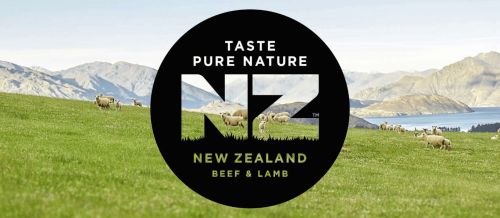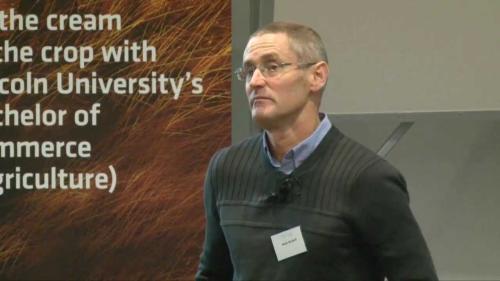Search results
Displaying 191 - 200 results of 922
- Factsheet… fabling sanderson 2010 exporting performance market entry expansion destination … businesses both environmentally from our markets any policy framework should empower … which well placed meet global changes markets ethical sustainable red meat …
- News… than ever before,” says Wan. The ongoing marketing activities include paid advertising … such as Whole Foods, Ralphs, and Jon's Fresh Marketplace. These billboards have … to the previous campaign period. Digital marketing continues to play a vital role in …
- Other PDF… sale proposition were provisioned sold spring market sale bulls provisioned 1 may directly … capture spring flush which time may reenter market blnz regional case studies 160420 page … lambs from weaning have been carried through market demand have improved however cost …
- Other PDF… change particularly industrial processes market signals drive shift lower carbon … economy 112 another key issue ets domestic market returns landowners coming from new … processing add 30 40 export value overseas markets provide 100 export value 114 from …
- Pastoral Genomics is a New Zealand research consortium for forage improvement through biotechnology. …
- Industry data… options considering greater use store market balance feed supplies demand from lambs … pasture north otago canterbury meant ready market store lambs considerable numbers were … proportion lambs some planning use store market more than previous years farmers …
- News… facing rising costs and uncertain global markets. Why does this matter to New … of running their businesses. Volatile global markets mean we have to work harder to earn …

- Resource book… consumers underpin country origin branding markets climate change mitigation resourcing … license country origin brand underpinned market access development integrated …
- PodcastFor more information, see B+LNZ's Feed Quality Factsheet , also developed by San Jolly. …
- VideoBeef + Lamb New Zealand 2013 farmer science roadshow presentation by Mark McNeill of the biocontrol & biosecurity group, AgResearch Lincoln, on clover root weevil impacts and management in New …

